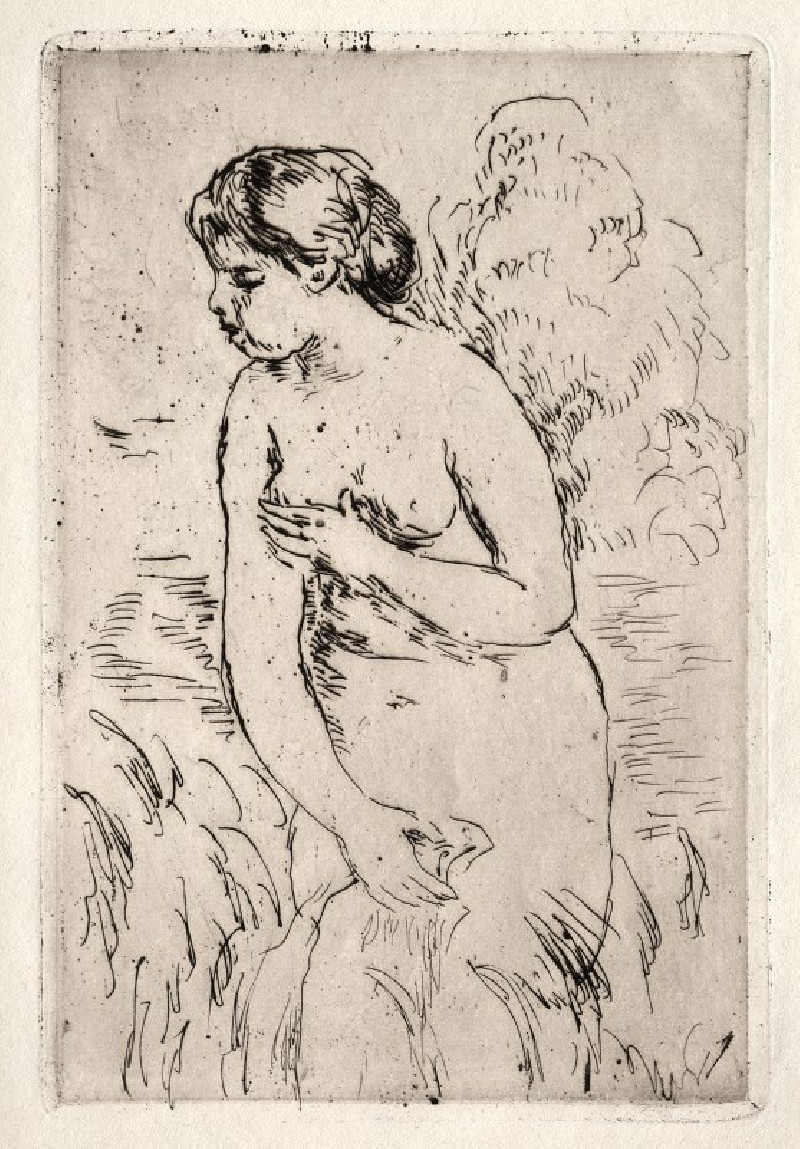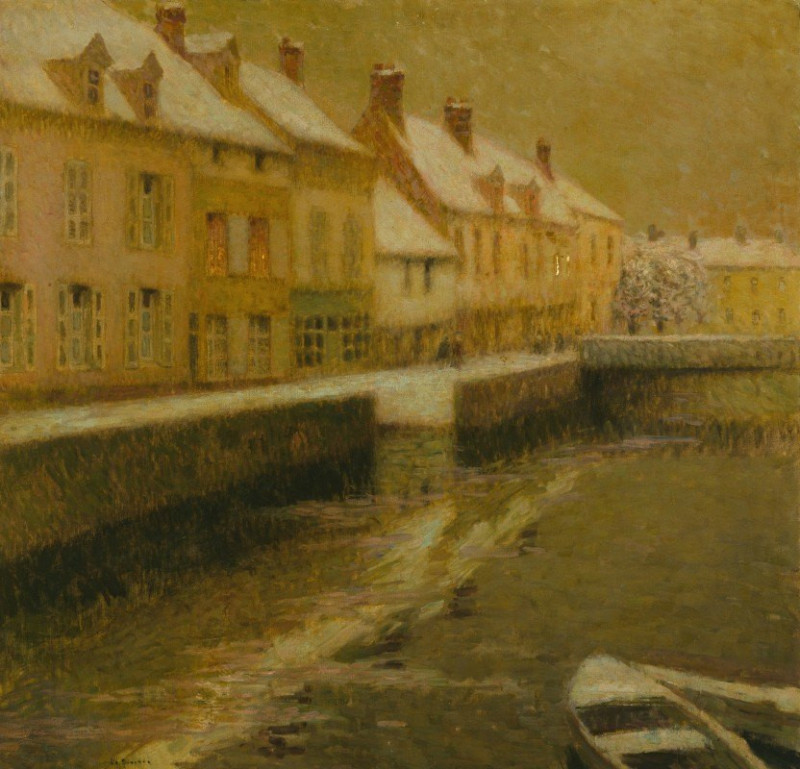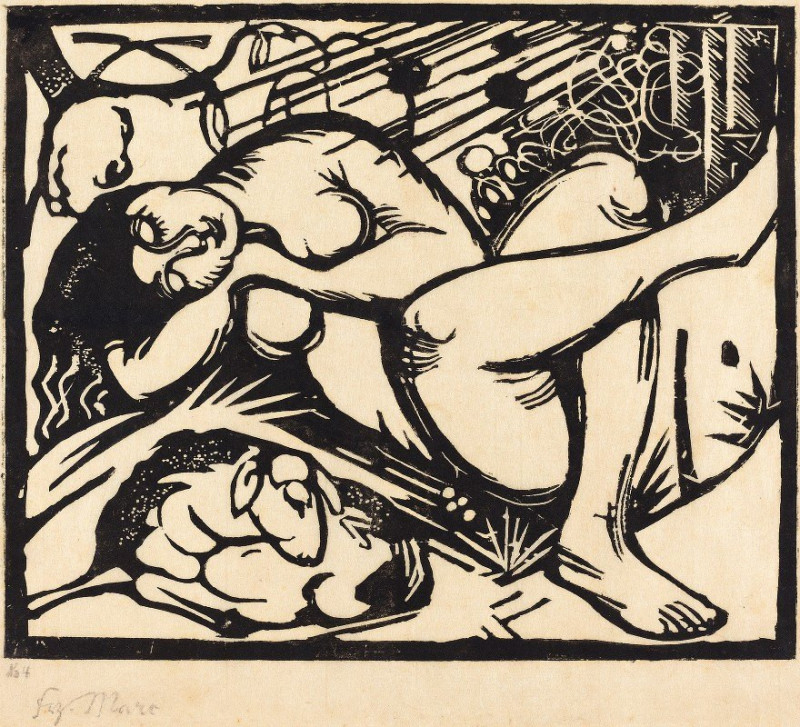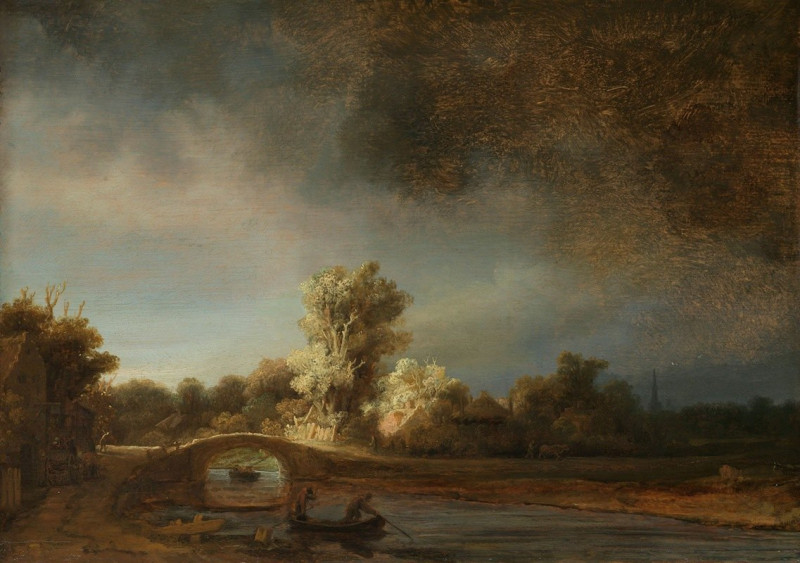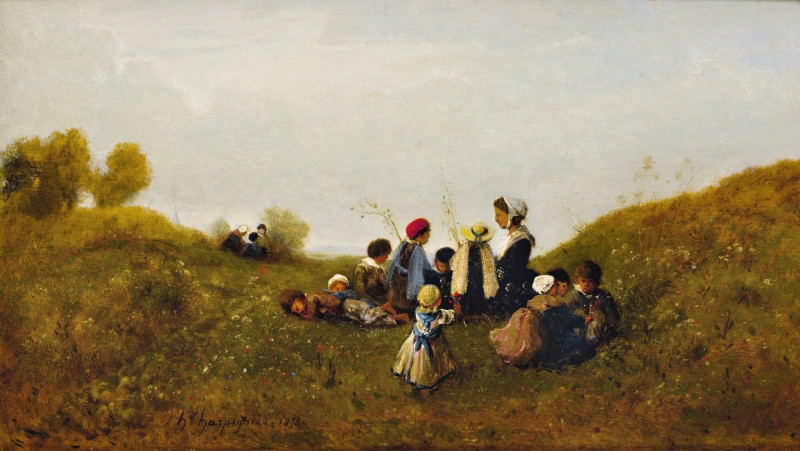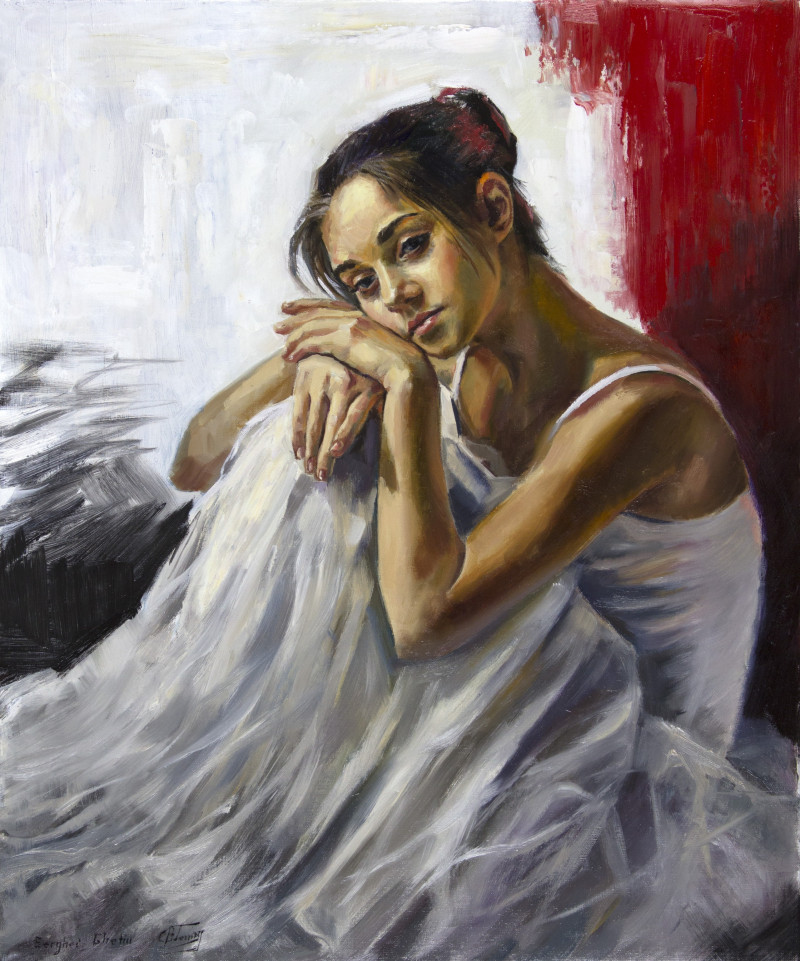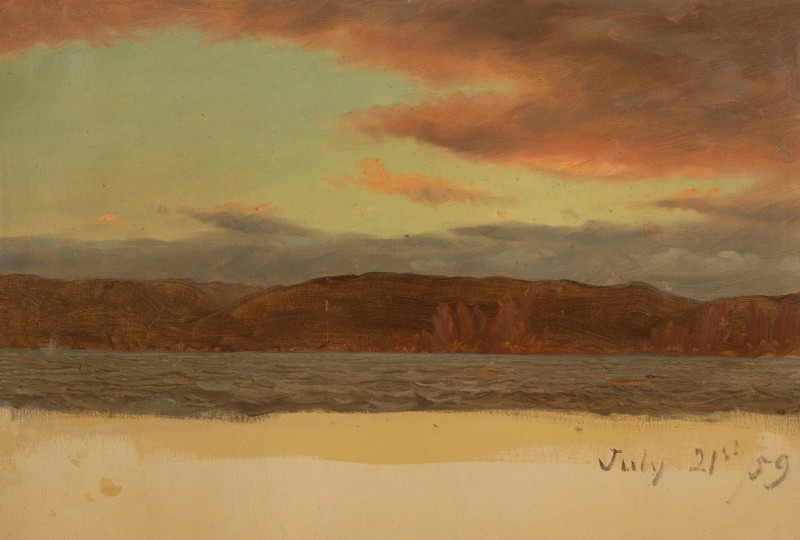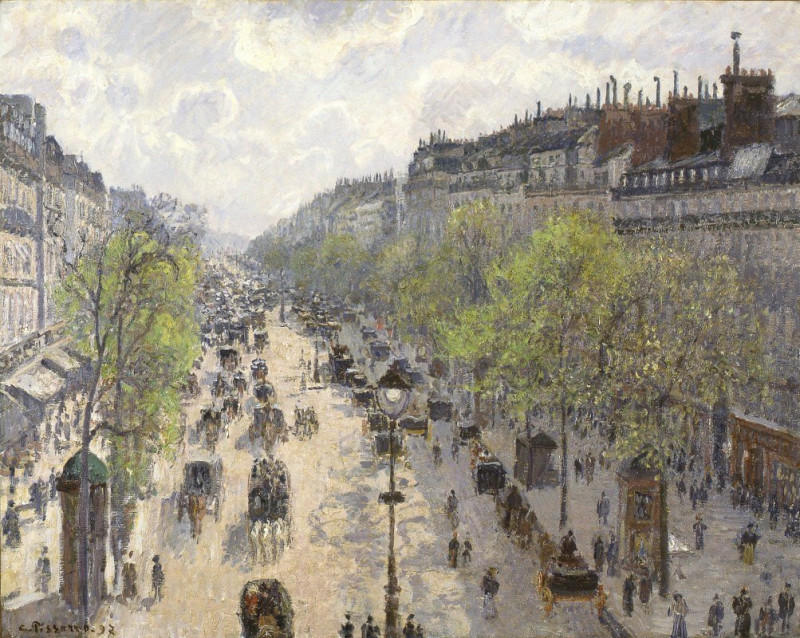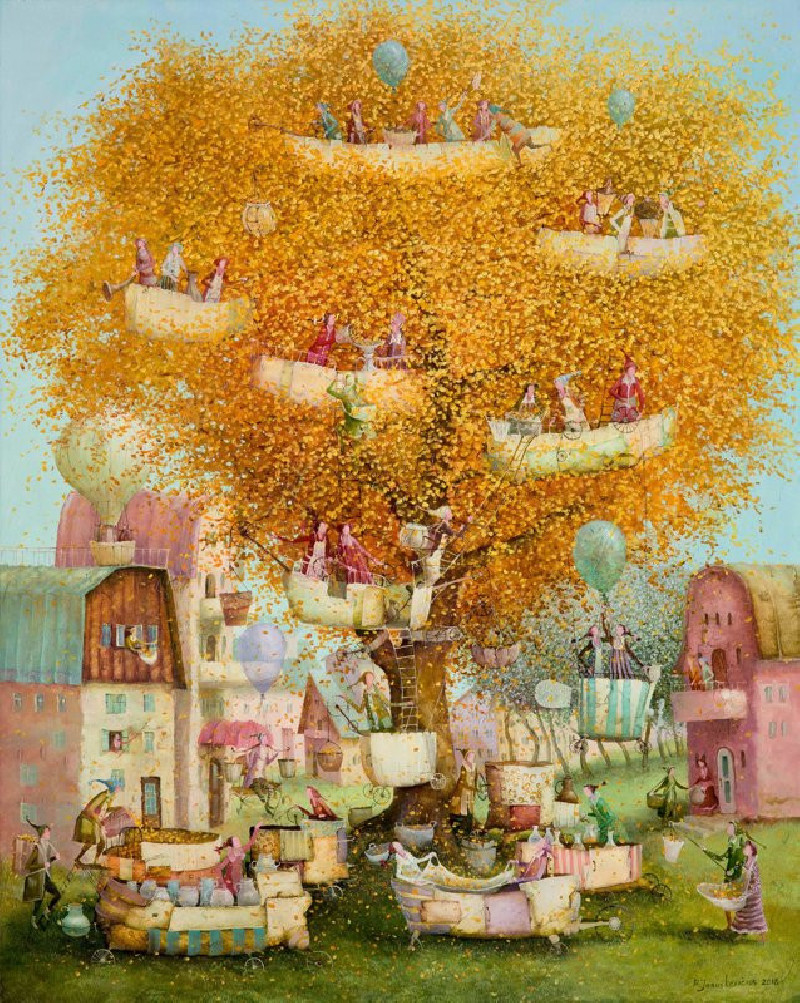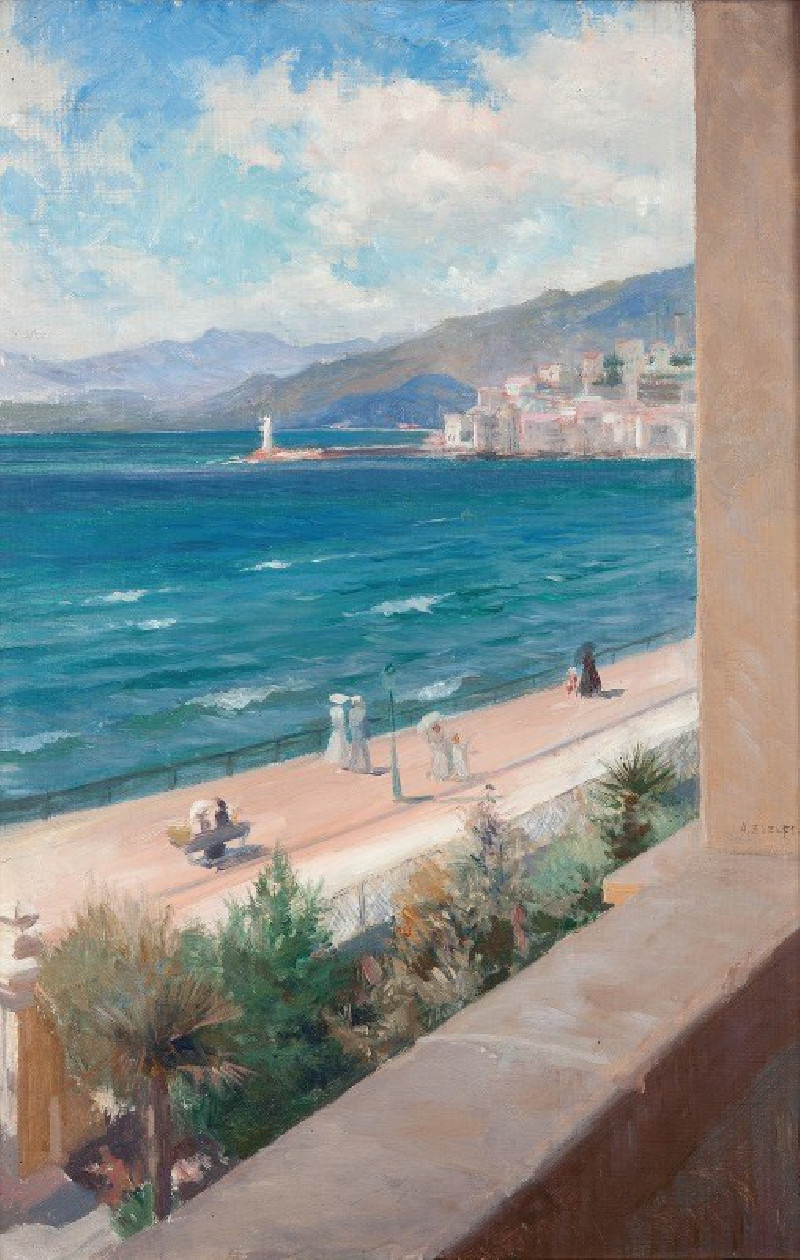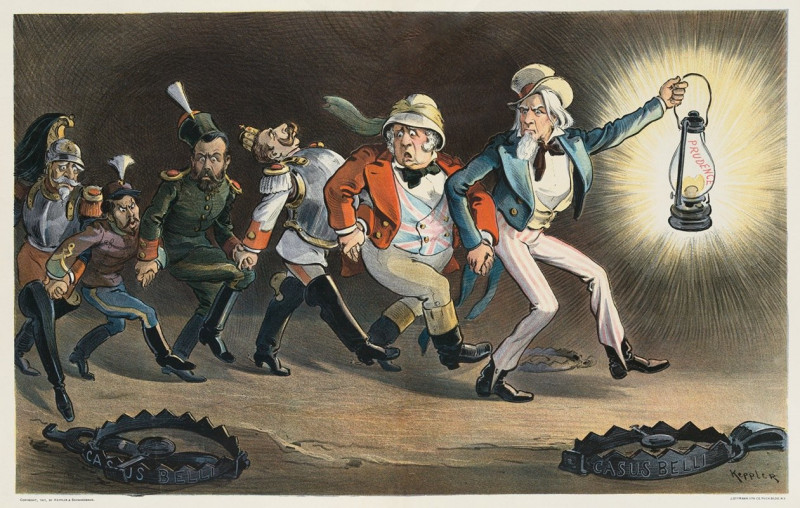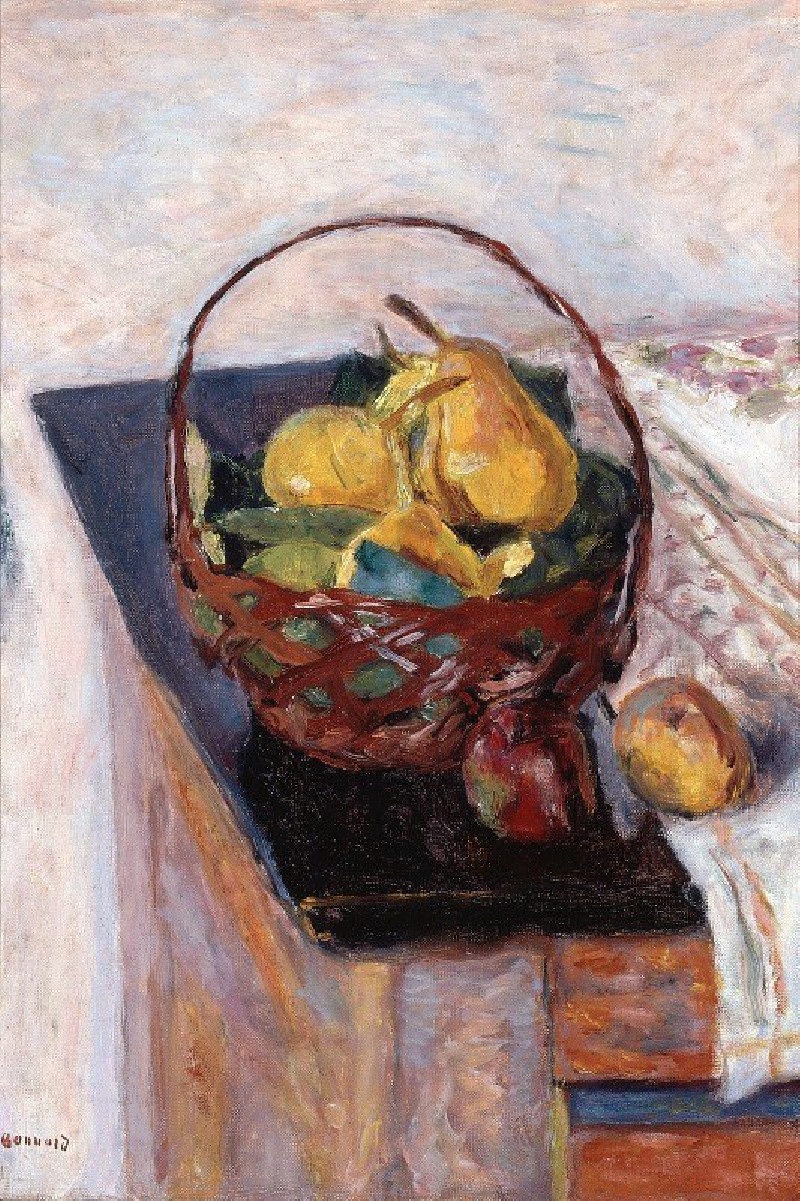Tombs of the Khalifs [Caliphs], Cairo. (1846-1849)
Technique: Giclée quality print
Recommended by our customers
More about this artwork
David Roberts' painting, "Tombs of the Khalifs, Cairo" (1846-1849), transports viewers to the heart of 19th century Cairo, engulfing them in a setting rich with historical and cultural significance. This captivating artwork depicts the majestic architecture of the funerary monuments dedicated to the Caliphs, or Islamic leaders, showcasing Roberts' meticulous attention to architectural detail and his profound appreciation for the Islamic world.The painting vividly portrays the elaborate façade of a grand mosque, characterized by its striking minaret and dome, meticulously adorned with Islamic motifs and calligraphy. The dome, with its intricate pattern work, and the towering minaret stretching towards the sky, symbolize the spiritual aspirations and artistic achievements of the era. These structures are not merely static buildings; they resonate with the cultural and religious reverence of the Muslim world during the times of the Caliphs.Roberts’ work is also a lively scene of daily life. Around the base of these monumental tombs, various groups of people are depicted in their everyday activities, adding vibrancy and a sense of community to the scene. Men and women in traditional attire engage in conversation, commerce, and relaxation, their colorful garments adding a dynamic contrast to the sandy tones of the architecture. This human element not only brings the scene to life but also provides a glimpse into the social fabric of Cairo during this period.The artist's use of light and shadow, combined with his keen eye for detail, draws the viewer into a bygone era, making “Tombs of the Khalifs, Cairo” not just a visual exploration but an immersive historical experience.
Delivery
Returns
David Roberts (24 October 1796 – 25 November 1864) was a Scottish painter. He is especially known for The Holy Land, Syria, Idumea, Arabia, Egypt, and Nubia, a prolific series of detailed lithograph prints of Egypt and the Near East that he produced from sketches he made during long tours of the region (1838–1840). These and his large oil paintings of similar subjects made him a prominent Orientalist painter. He was elected as a Royal Academician in 1841.

![Tombs of the Khalifs [Caliphs], Cairo. (1846-1849) reproduction of painting by David Roberts. ALL GICLEE PRINTS Tombs of the Khalifs [Caliphs], Cairo. (1846-1849) reproduction of painting by David Roberts. ALL GICLEE PRINTS](https://reprodukcijos.lt/39172-large_default/reproduction-of-tombs-of-the-khalifs-caliphs-cairo-1846-1849.jpg)
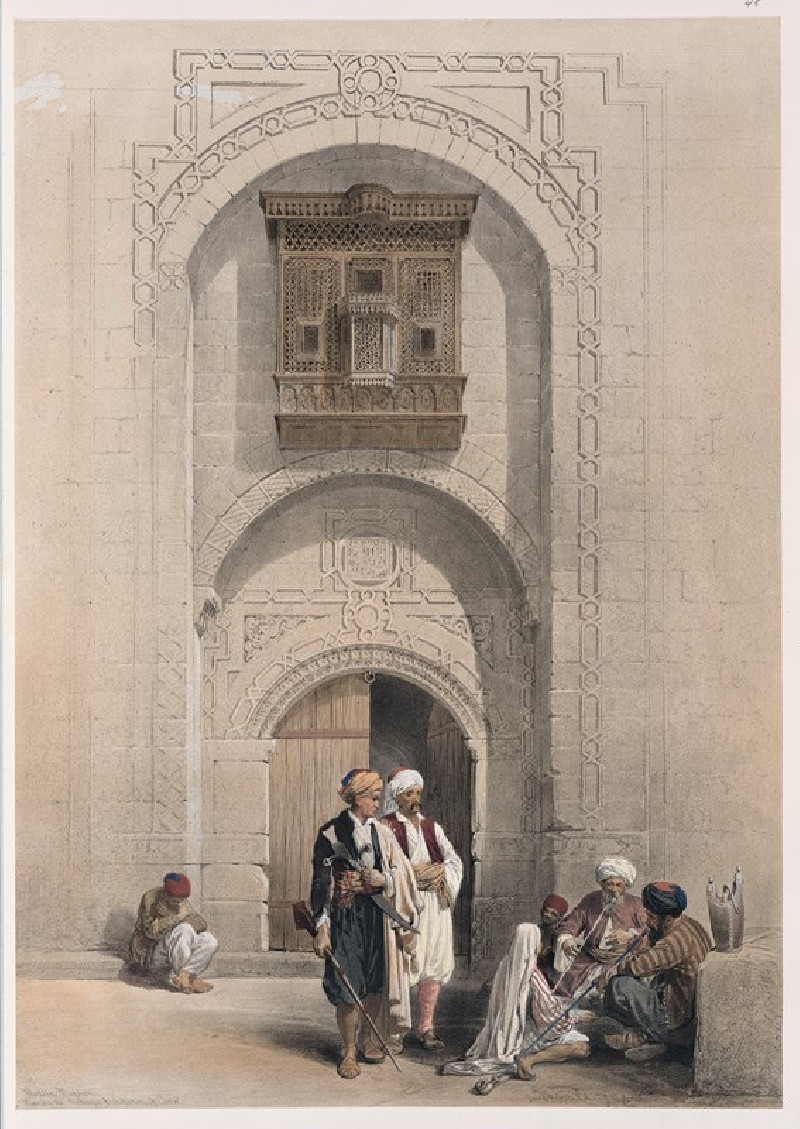
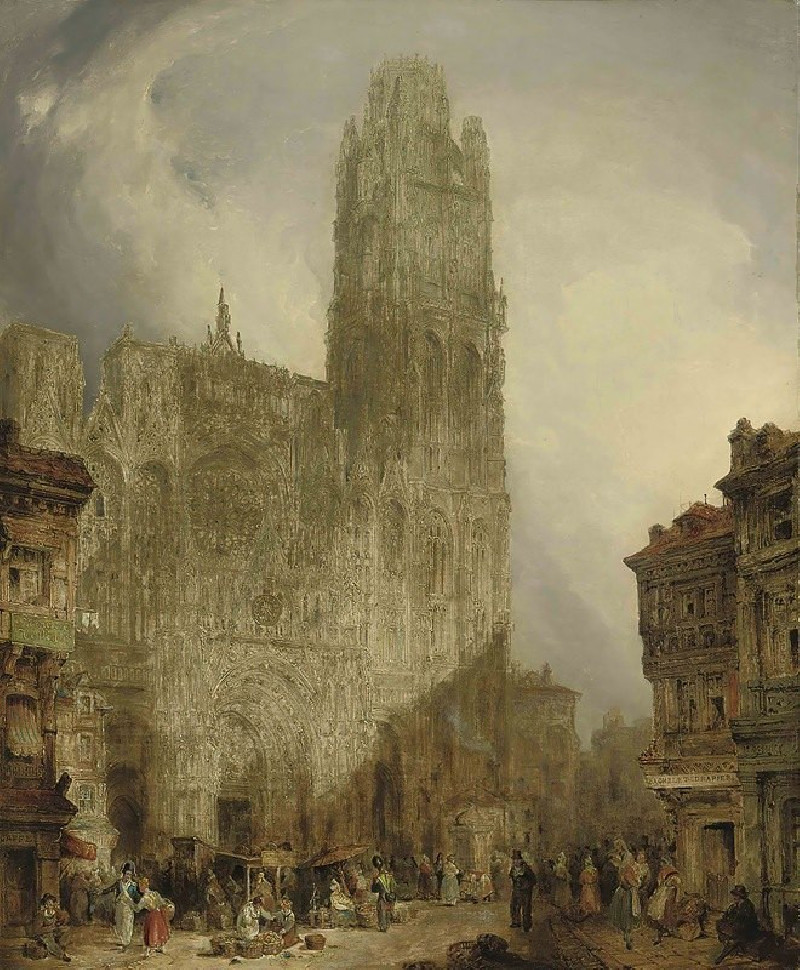
![Siout [Asyût]. Upper Egypt. (1846-1849) reproduction of painting by David Roberts. ALL GICLEE PRINTS](https://reprodukcijos.lt/39216-large_default/reproduction-of-siout-asyut-upper-egypt-1846-1849.jpg)
![Hermont [Armant], ancient Hirmonthis. Nov. 26th, 1838. (1846-1849) reproduction of painting by David Roberts. ALL GICLEE PRINTS](https://reprodukcijos.lt/39215-large_default/reproduction-of-hermont-armant-ancient-hirmonthis-nov-26th-1838-1846-1849.jpg)
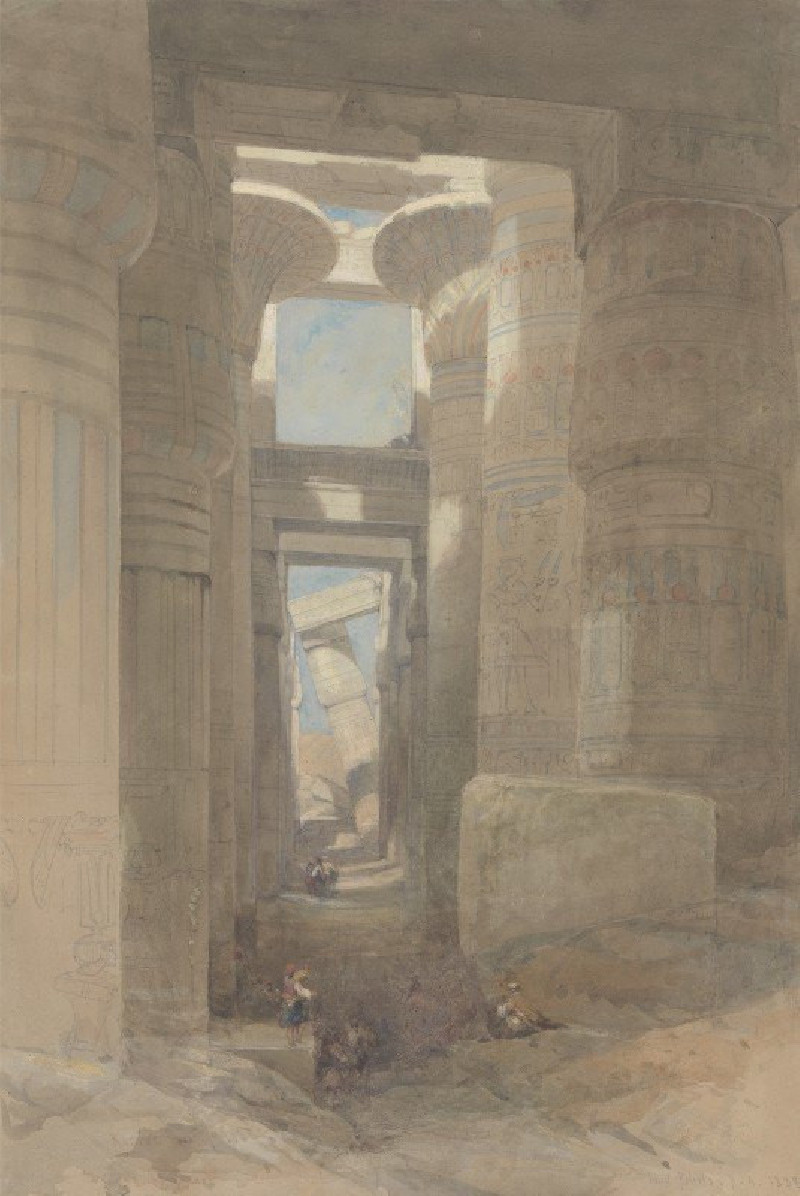
![Temple of Wady Saboua [Wadi al-Sabua], Nubia. (1846-1849) reproduction of painting by David Roberts. ALL GICLEE PRINTS](https://reprodukcijos.lt/39213-large_default/reproduction-of-temple-of-wady-saboua-wadi-al-sabua-nubia-1846-1849.jpg)
![Portico of the Temple of Edfou [Idfû], Upper Egypt. Nov. 23rd, 1838. (1846-1849) reproduction of painting by David Roberts. A...](https://reprodukcijos.lt/39212-large_default/reproduction-of-portico-of-the-temple-of-edfou-idfu-upper-egypt-nov-23rd-1838-1846-1849.jpg)
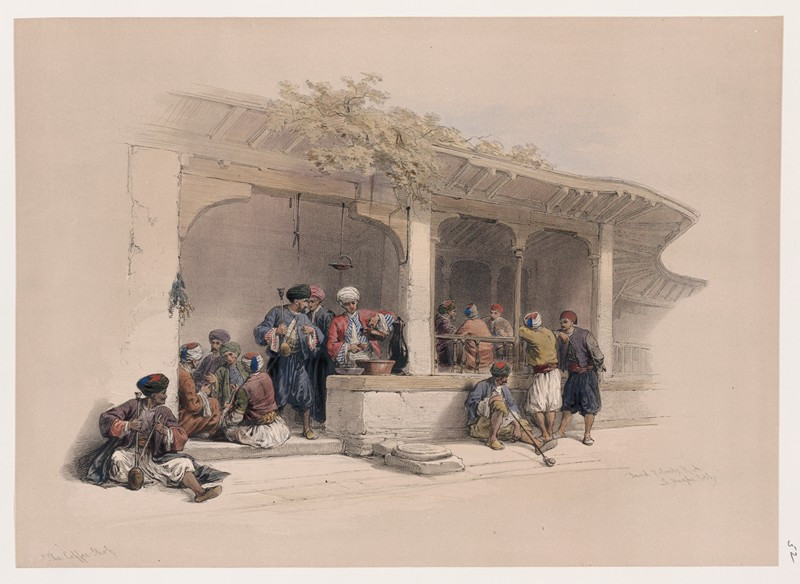

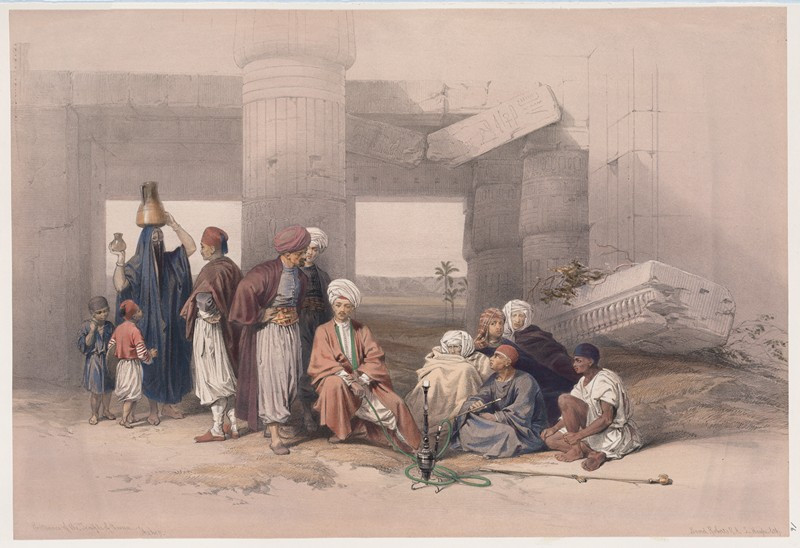
![Edfou [Edfu, Idfû]. Nov. 24th, 1838. (1846-1849) reproduction of painting by David Roberts. ALL GICLEE PRINTS](https://reprodukcijos.lt/39208-large_default/reproduction-of-edfou-edfu-idfu-nov-24th-1838-1846-1849.jpg)
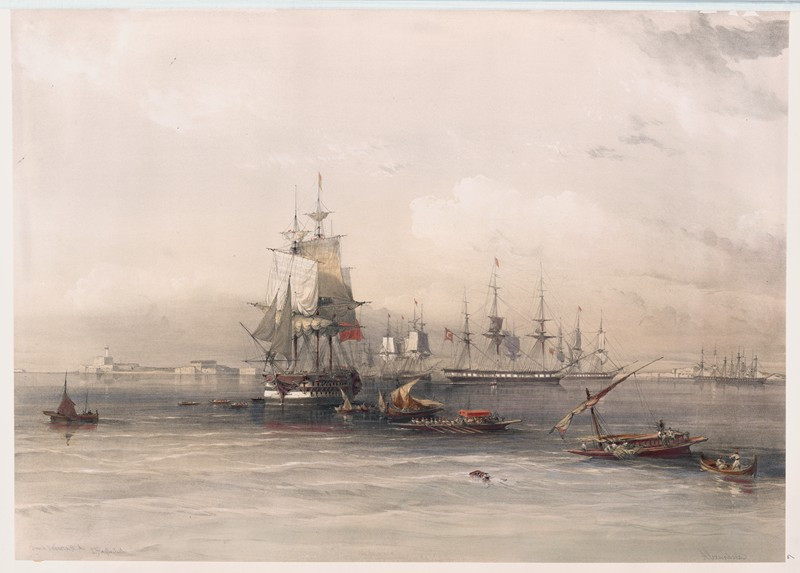
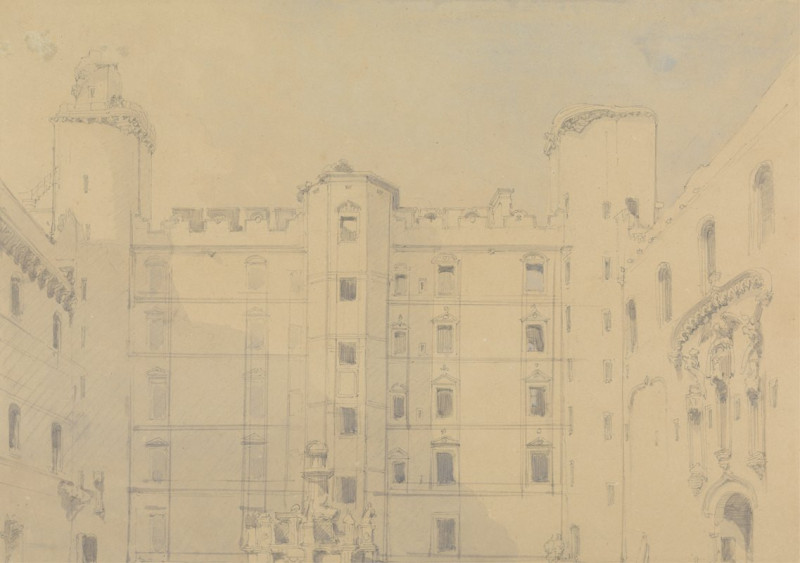
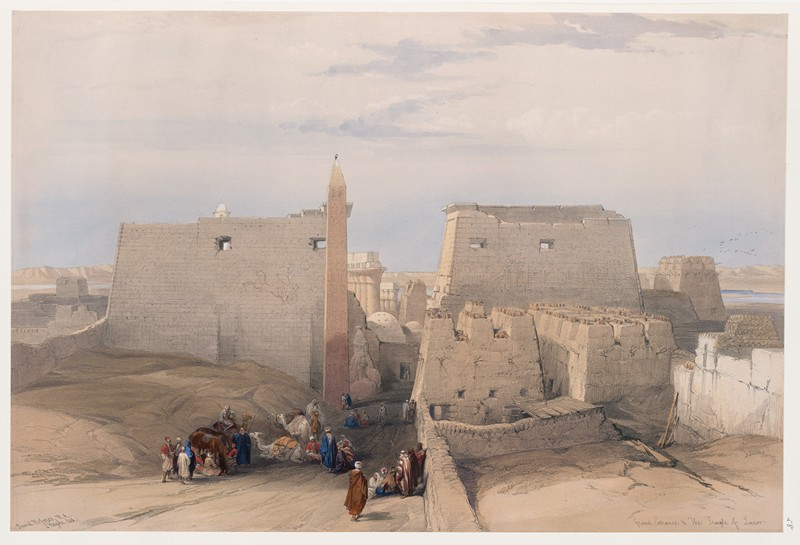

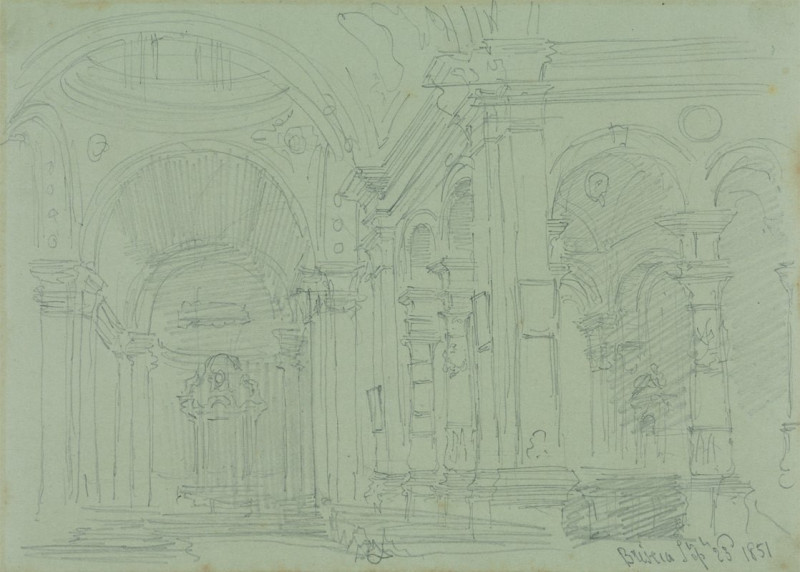
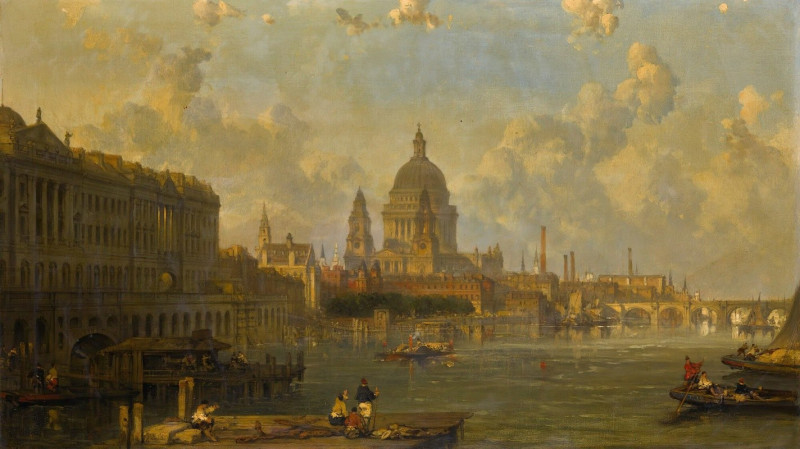
![Temple of Kalabshee [Kalabsha, Kalâbishah], Nubia. Nov. 1838. (1846-1849) reproduction of painting by David Roberts. ALL GICL...](https://reprodukcijos.lt/39201-large_default/reproduction-of-temple-of-kalabshee-kalabsha-kalabishah-nubia-nov-1838-1846-1849.jpg)
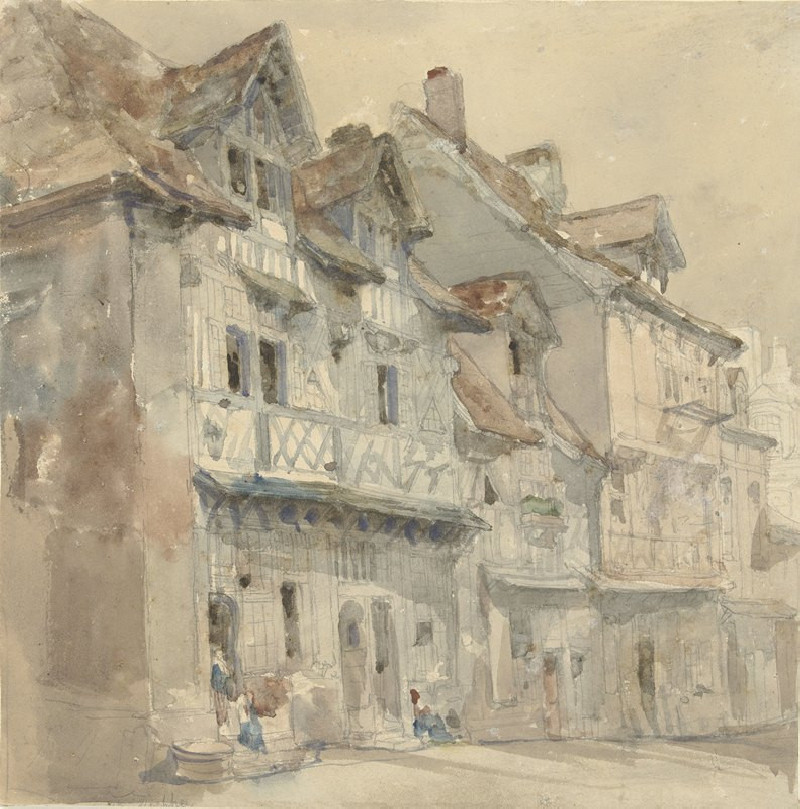
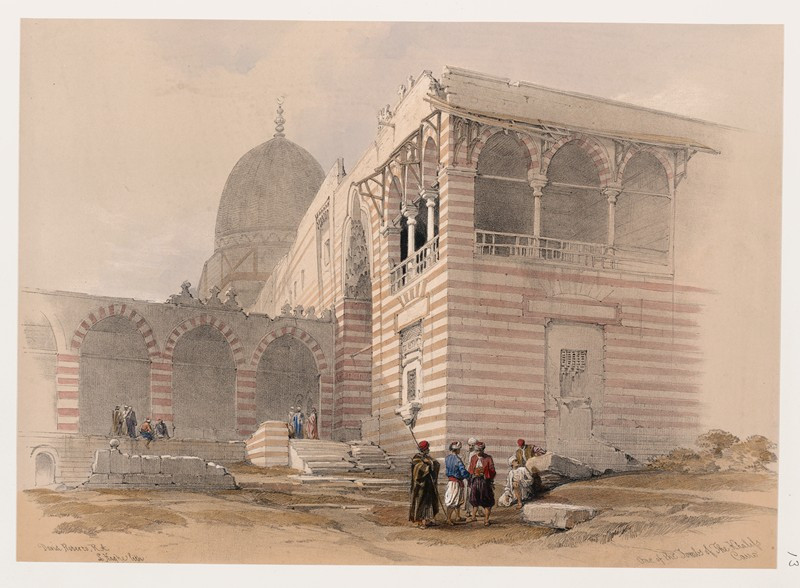

![Ruins of the Temple of Kardeseh [Qirtâsî], Nubia. (1846-1849) reproduction of painting by David Roberts. ALL GICLEE PRINTS](https://reprodukcijos.lt/39187-large_default/reproduction-of-ruins-of-the-temple-of-kardeseh-qirtasi-nubia-1846-1849.jpg)
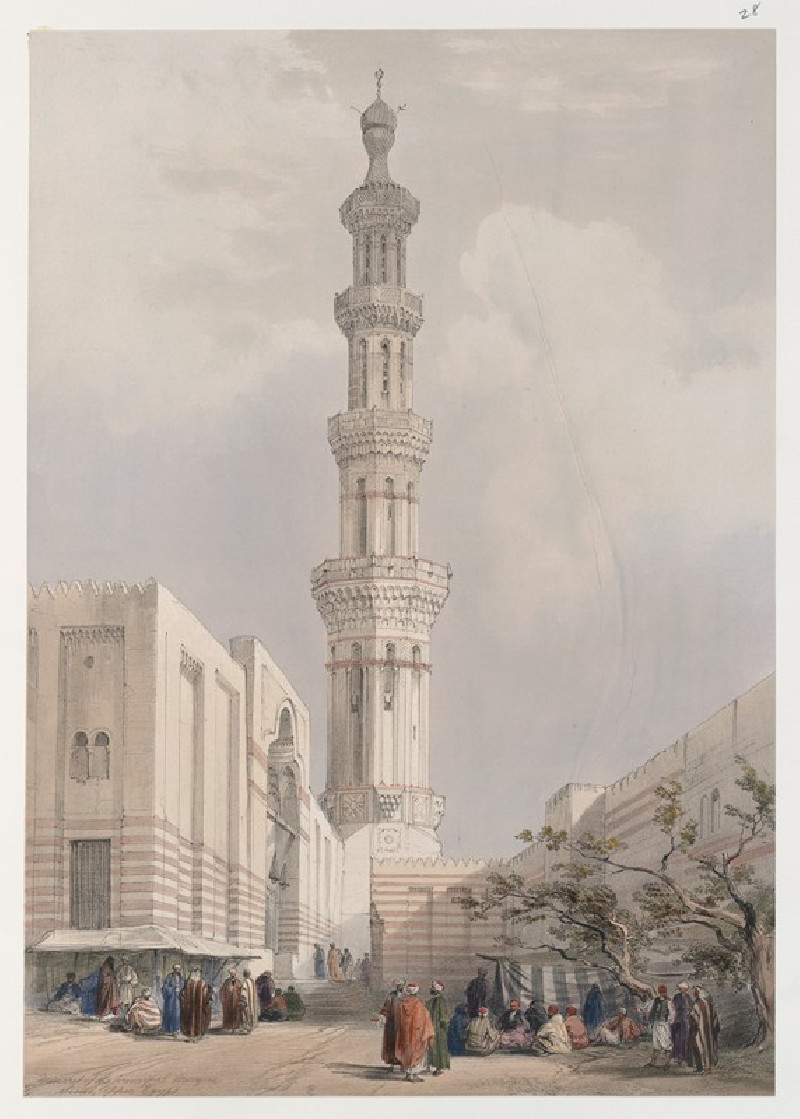
![Pyramids of Geezeh [Giza]. (1846-1849) reproduction of painting by David Roberts. ALL GICLEE PRINTS](https://reprodukcijos.lt/39185-large_default/reproduction-of-pyramids-of-geezeh-giza-1846-1849.jpg)
![Excavated temples of Aboosimble [Abû Sunbul], Nubia. (1846-1849) reproduction of painting by David Roberts. ALL GICLEE PRINTS](https://reprodukcijos.lt/39184-large_default/reproduction-of-excavated-temples-of-aboosimble-abu-sunbul-nubia-1846-1849.jpg)

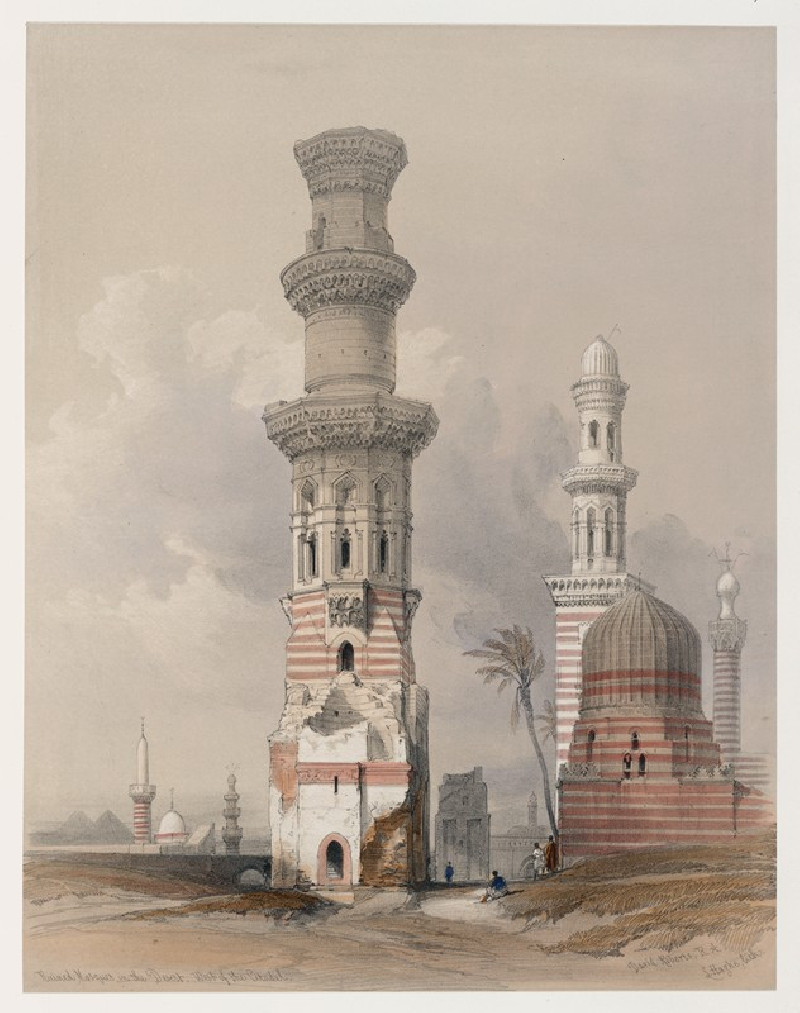


![Dayr el Medeeneh [Dayr al-Madînah], Thebes. (1846-1849) reproduction of painting by David Roberts. ALL GICLEE PRINTS](https://reprodukcijos.lt/39182-large_default/reproduction-of-dayr-el-medeeneh-dayr-al-madinah-thebes-1846-1849.jpg)
